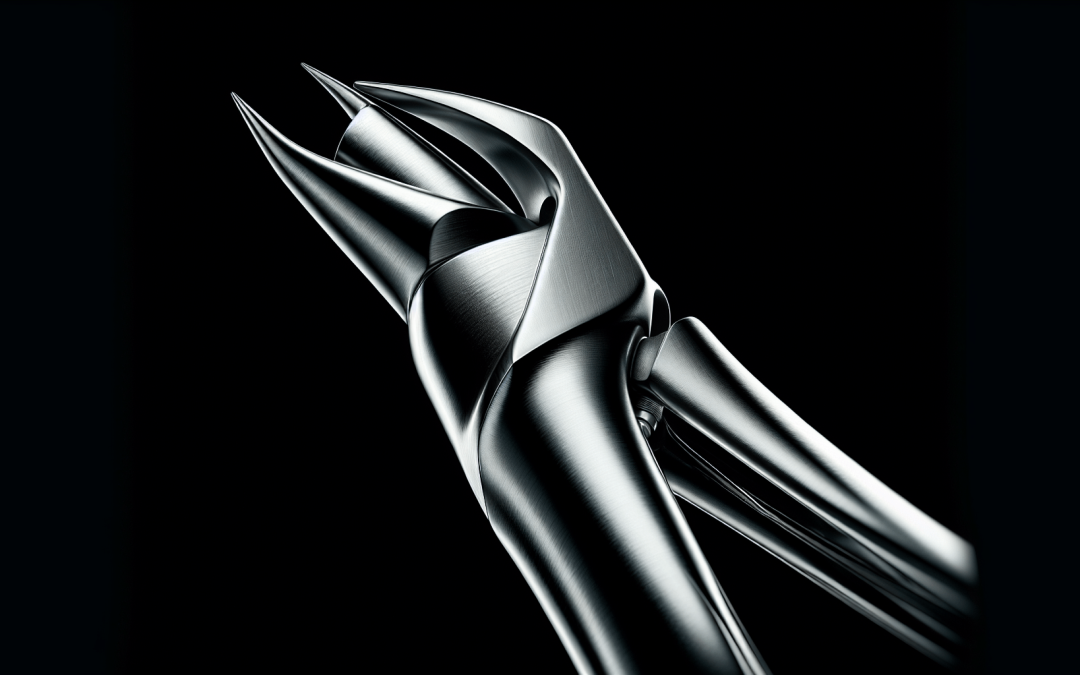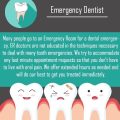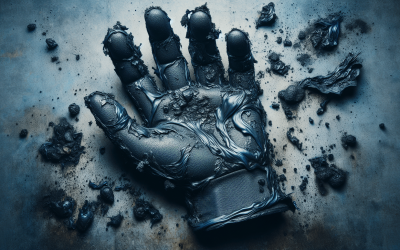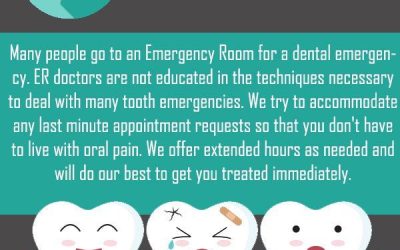So you’ve been experiencing some pain in your mouth, and you’re wondering if it could be because of your wisdom teeth. Well, you’re in the right place. In this article, we’re going to talk about impacted wisdom teeth pain, what it feels like, and why it happens. Whether you’ve got a nagging ache or a sharp, shooting pain, we’ve got you covered. So sit tight and let’s get to the bottom of this toothy trouble.
What are impacted wisdom teeth?
Definition
Impacted wisdom teeth, also known as third molars, are the last teeth to emerge in the mouth, typically appearing between the ages of 17 and 25. When these teeth do not have enough room to fully emerge or develop normally, they become impacted. This means that they remain below the gum line, partially or completely covered by gum tissue or bone. Impacted wisdom teeth can cause a range of problems and often require intervention to alleviate pain and prevent further complications.
Causes
The primary reason for impacted wisdom teeth is the lack of sufficient space in the mouth for them to fully erupt. This lack of space can be due to various factors, including the size and shape of the jaw, improper alignment of existing teeth, and growth or development abnormalities. Additionally, genetics play a role in determining whether or not a person will experience impacted wisdom teeth. If family members have had impacted wisdom teeth, there is a higher likelihood that an individual will also face this issue.
Symptoms
Impacted wisdom teeth often do not exhibit any noticeable symptoms until they become problematic. However, some common signs that may indicate the presence of impacted wisdom teeth include jaw pain, swelling, restricted mouth opening, bad breath, headaches, earaches, gum bleeding, and tooth decay. It is essential to pay attention to these symptoms and seek timely dental evaluation to prevent further complications.
Classification of impacted wisdom teeth
Vertical impaction
Vertical impaction occurs when the wisdom tooth grows in a straight, upright position and is able to fully emerge from the gum line. This type of impaction is relatively less troublesome and often requires minimal intervention.
Horizontal impaction
When a wisdom tooth grows horizontally and is positioned parallel to the jawbone, it is classified as a horizontal impaction. This type of impaction can cause significant pain and discomfort, as the tooth may press against the neighboring teeth or bone.
Mesioangular impaction
Mesioangular impaction refers to a situation where the wisdom tooth is angled forward, towards the front of the mouth. This impaction can cause crowding, infections, and difficulty in cleaning the affected area.
Distoangular impaction
Distoangular impaction is the opposite of mesioangular impaction, where the wisdom tooth is angled backward, away from the front of the mouth. This type of impaction can lead to similar complications as the mesioangular impaction, such as crowding and infections.
Soft tissue impaction
When the wisdom tooth remains fully covered by gum tissue and has not erupted through the surface, it is considered a soft tissue impaction. This type of impaction can often lead to gum infections and discomfort.
Partial bony impaction
Partial bony impaction occurs when the wisdom tooth partially emerges from the gum line but remains partially or fully covered by bone. This impaction can cause damage to adjacent teeth and increase the risk of infections.
Complete bony impaction
In cases of complete bony impaction, the wisdom tooth remains fully encased within the jawbone and does not emerge through the gum line. This type of impaction can cause significant discomfort and require surgical extraction.
Common signs and symptoms
Jaw pain
One of the most common symptoms of impacted wisdom teeth is jaw pain. This pain may be localized to the back of the mouth and can be aggravated while chewing or opening the mouth wide.
Swelling
Impacted wisdom teeth can lead to swelling in the surrounding gum tissue, causing discomfort and tenderness. The swelling may extend to the jaw and face, making it difficult to eat or speak comfortably.
Restricted mouth opening
When impacted wisdom teeth cause swelling or inflammation, they can restrict the range of motion of the jaw. This restriction may result in difficulty opening the mouth fully, making it challenging to brush or floss the affected area properly.
Bad breath
Impacted wisdom teeth can contribute to bad breath or halitosis due to the buildup of bacteria and food debris in the affected area. This unpleasant odor can persist even after practicing good oral hygiene.
Headaches
The pressure and inflammation caused by impacted wisdom teeth can trigger frequent headaches. These headaches may be localized to the temple or the sides and back of the head.
Earaches
Impacted wisdom teeth can sometimes cause referred pain, leading to earaches. This can be due to the close proximity of the nerves associated with the jaw joint and the ears.
Gum bleeding
Impacted wisdom teeth can irritate the gums, leading to inflammation and bleeding. This can be particularly evident while brushing or flossing around the affected area.
Tooth decay
Due to their positioning and difficulty in cleaning, impacted wisdom teeth are more prone to tooth decay. This can eventually lead to cavities and further oral health issues if left untreated.
Diagnosing impacted wisdom teeth
Physical examination
During a dental examination, your dentist will assess the condition of your wisdom teeth by visually examining your mouth and feeling around the gum line. They will also look for signs of inflammation, swelling, and infection.
X-rays
X-ray images are commonly used to evaluate the position of impacted wisdom teeth. These imaging scans provide detailed information about the positioning and potential complications associated with the impacted teeth.
3D imaging
In some cases, 3D imaging techniques such as cone beam computed tomography (CBCT) may be used to obtain a more comprehensive evaluation of impacted wisdom teeth. This imaging technology provides detailed 3D images, allowing for better visualization and treatment planning.
Evaluation of symptoms
Your dentist will also consider any symptoms you are experiencing, such as pain, swelling, or difficulty in opening your mouth. These symptoms, combined with a physical examination and imaging scans, will help determine the severity and necessary treatment for impacted wisdom teeth.
Treatment options for impacted wisdom teeth
Observation
If impacted wisdom teeth are not causing any immediate problems or symptoms, your dentist may recommend regular monitoring through periodic check-ups. This approach is suitable for cases where the impacted teeth are not causing significant discomfort or complications.
Pain medication
Over-the-counter pain relievers, such as ibuprofen or acetaminophen, can help alleviate pain and inflammation associated with impacted wisdom teeth. However, it is crucial to follow the recommended dosage and consult with your dentist or healthcare professional before taking any medication.
Antibiotics
In cases where impacted wisdom teeth are infected or associated with significant inflammation, your dentist may prescribe antibiotics to control the infection and reduce symptoms. Antibiotics can be a temporary measure to mitigate the immediate effects, but they do not provide a definitive solution for impacted wisdom teeth.
Warm saltwater rinses
To alleviate discomfort and reduce bacteria in the affected area, warm saltwater rinses can be helpful. Gargling with a solution of warm water and salt multiple times a day can provide relief and promote healing.
Surgical extraction
When impacted wisdom teeth cause persistent pain, swelling, infections, or other complications, surgical extraction is often necessary. This procedure involves the removal of the impacted teeth through surgical techniques, which may include bone removal, tooth sectioning, or sutures.
When extraction is necessary
Repeated infections
Impacted wisdom teeth can be prone to infections due to their position and difficulty in cleaning. If you experience repeated infections in the surrounding area, extraction may be necessary to prevent further infections and oral health complications.
Cysts or tumors
In some cases, impacted wisdom teeth can lead to the development of cysts or tumors. These abnormal growths can cause pain, damage to surrounding tissues, and potential bone loss. Surgical extraction becomes necessary to remove the source of the cyst or tumor and prevent further complications.
Damage to adjacent teeth
Impacted wisdom teeth can exert pressure on neighboring teeth, causing them to shift, become misaligned, or suffer damage. To prevent potential damage to adjacent teeth, extraction of the impacted wisdom teeth may be recommended.
Cavity formation
The positioning and difficulty in cleaning impacted wisdom teeth can make them susceptible to tooth decay and cavity formation. If significant decay has occurred, extraction may be the best option to remove the decayed tooth and prevent the spread of infection.
Severe pain or discomfort
If impacted wisdom teeth cause unmanageable pain, severe discomfort, or interfere with normal oral functions such as chewing or speaking, extraction is often the most effective solution to alleviate these symptoms.
Extraction procedure
Preparation
Before the extraction procedure, your dentist will conduct a thorough examination, review your medical history, and take any necessary imaging scans. This evaluation will help determine the appropriate approach for your specific case.
Anesthesia options
To ensure your comfort and minimize any potential pain during the extraction, your dentist may administer various forms of anesthesia. Local anesthesia is commonly used to numb the area around the tooth, while sedation may be offered to keep you relaxed and calm throughout the procedure.
Types of extractions
There are two primary types of extractions for impacted wisdom teeth: simple extraction and surgical extraction. Simple extraction involves loosening and removing the tooth using specialized instruments. Surgical extraction, on the other hand, may involve bone removal, tooth sectioning, or sutures to access and remove the impacted tooth.
Post-extraction care
After the extraction, your dentist will provide detailed instructions for post-operative care. This may include guidelines for managing pain, controlling bleeding, maintaining oral hygiene, and following a soft food diet. It is crucial to follow these instructions to ensure proper healing and minimize the risk of complications.
Complications and risks
Dry socket
Dry socket is a common complication that can occur after a tooth extraction, including the removal of impacted wisdom teeth. It happens when the blood clot that forms at the extraction site becomes dislodged or dissolves prematurely, exposing the underlying bone and nerves. This condition can be quite painful but can usually be managed by your dentist.
Infection
Infections can occur after wisdom tooth extraction, especially in cases of impacted teeth. Antibiotics may be prescribed to reduce the risk of infection, but it is still essential to maintain proper oral hygiene and follow post-operative care instructions to minimize the chance of infection.
Nerve damage
Impacted wisdom teeth removal can carry a risk of nerve damage, particularly to the inferior alveolar nerve, which supplies sensation to the lower lip, chin, and tongue. However, such complications are relatively rare, and your dentist will take precautions to minimize the risk.
Bleeding
Some bleeding is expected after a wisdom tooth extraction, but excessive or prolonged bleeding can be a cause for concern. Your dentist will provide instructions to manage bleeding effectively and may use techniques such as sutures or special dressings to control bleeding.
Sinus problems
In cases where the upper wisdom teeth are impacted and located close to the sinuses, there is a risk of developing sinus problems after extraction. These problems can include sinus infections, sinus pressure, or a communication between the mouth and the sinus cavity. Careful evaluation and surgical techniques can help minimize these risks.
Tips for managing pain
Apply cold compress
Applying a cold compress or ice pack to the affected area can help reduce swelling and numb the pain temporarily. Wrap the cold pack in a cloth and hold it against your cheek for 15-20 minutes at a time, with breaks in between.
Use over-the-counter pain relievers
Over-the-counter pain relievers, such as ibuprofen or acetaminophen, can help alleviate mild to moderate pain associated with impacted wisdom teeth. Follow the recommended dosage and consult with your dentist or healthcare professional if you have any concerns.
Avoid hard or chewy foods
Stick to soft foods that do not require much chewing, especially in the initial days after an extraction. Avoid foods that can get stuck or irritate the extraction site, such as nuts, seeds, hard candies, or chewy meats.
Rinse with warm saltwater
Gently rinsing your mouth with warm saltwater can provide relief and promote healing. Mix half a teaspoon of salt in eight ounces of warm water and swish the solution around your mouth for 30 seconds before spitting it out. Repeat this several times a day, especially after meals.
Maintain oral hygiene
While it is essential to be gentle around the extraction site, maintaining proper oral hygiene is crucial to prevent infections and promote healing. Brush your teeth carefully, avoiding the extraction site, and rinse your mouth with an antiseptic mouthwash recommended by your dentist.
Preventing wisdom teeth pain
Regular dental check-ups
Regular dental check-ups and routine X-rays can help identify potential issues with wisdom teeth early on. Your dentist can monitor their development and recommend appropriate treatment options to prevent pain or complications.
Early intervention
In some cases, early removal of impacted wisdom teeth may be recommended even before they cause pain or complications. This proactive approach can prevent future problems and reduce the risk of complications associated with impacted wisdom teeth.
Maintaining oral hygiene
Practicing good oral hygiene habits, such as brushing and flossing regularly, can help prevent the buildup of bacteria and decrease the risk of infections and decay. Paying particular attention to the back of the mouth and the areas around the impacted wisdom teeth is crucial.
Orthodontic evaluation
If there are concerns about the alignment or spacing of the teeth, an orthodontic evaluation can be beneficial. Orthodontic treatment, such as braces or clear aligners, can create the necessary space to accommodate the eruption of wisdom teeth and reduce the likelihood of impaction.
In conclusion, impacted wisdom teeth can cause a range of problems, from pain and swelling to infections and damage to adjacent teeth. Proper diagnosis and timely treatment are crucial for managing impacted wisdom teeth and preventing further complications. If you experience any symptoms or suspect the presence of impacted wisdom teeth, it is important to consult with your dentist for a thorough evaluation and personalized treatment plan. With proper care, you can alleviate pain, promote healing, and maintain a healthy smile.












